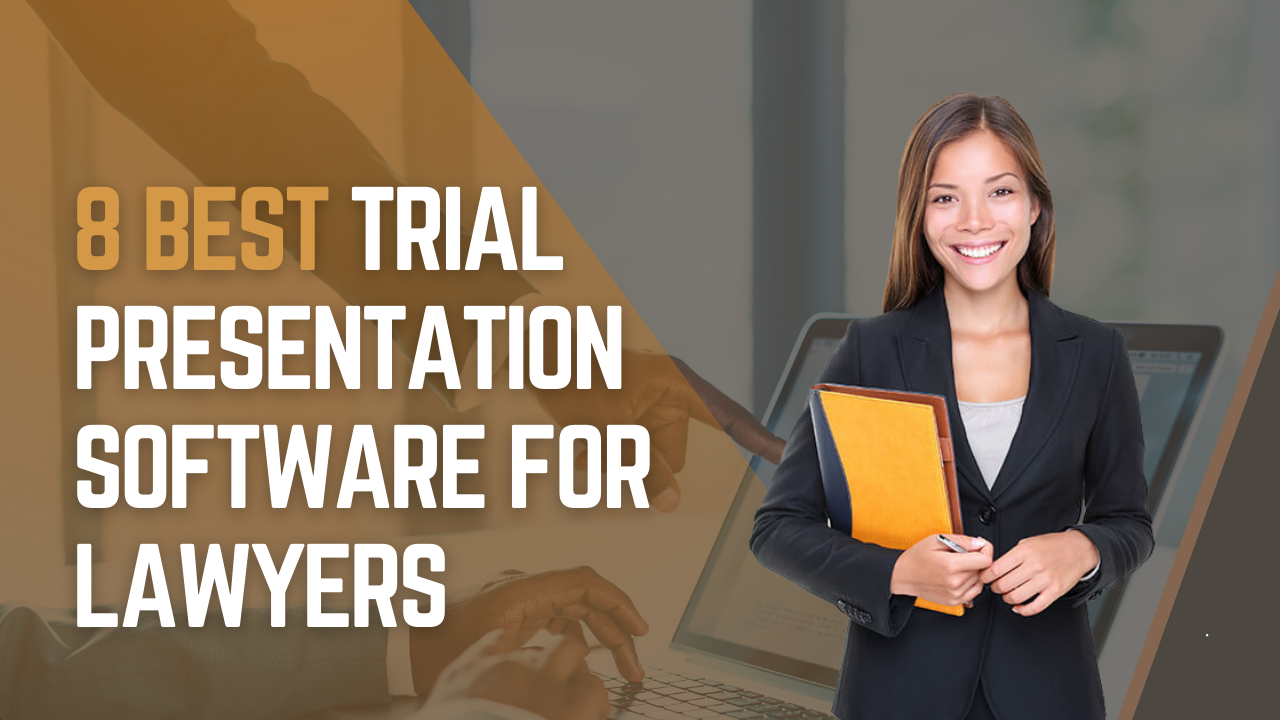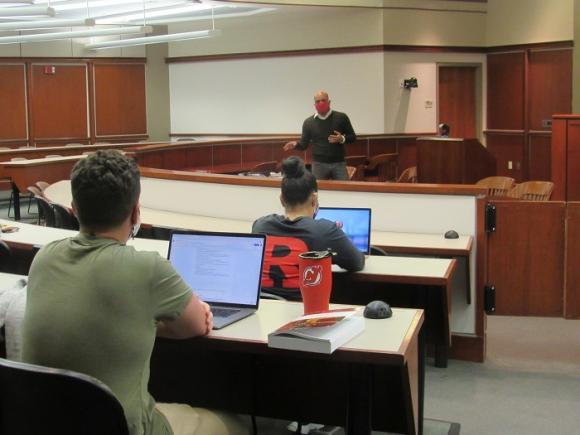From Idea to Courtroom: Steps to Create Powerful and Persuading Trial Presentations
From Idea to Courtroom: Steps to Create Powerful and Persuading Trial Presentations
Blog Article
Navigating the Intricacies of Trial Presentations: Tips for Seamless Distribution and Compelling Arguments
In the world of legal process, the art of test presentation stands as a critical factor of success. The intricacies intrinsic in test presentations require a delicate balance of finesse, technique, and skill.

Understanding Trial Goals
To properly navigate a trial, it is vital to have a clear understanding of the purposes that need to be achieved. Before tipping right into the court room, legal teams should specify their objectives and wanted outcomes. These objectives act as directing concepts throughout the test, forming approaches and affecting decision-making procedures.
Understanding trial objectives involves an extensive analysis of the situation, legal precedents, and the client's finest rate of interests. Trial Presentations. It calls for a thorough exam of the realities, recognizing vital concerns, and preparing for possible obstacles. By setting particular and measurable objectives, lawyers can customize their presentations and arguments to align with the desired outcomes
In addition, a clear grip of test goals enables legal groups to focus on evidence, witnesses, and legal debates properly. It enables for the advancement of a coherent narrative that reverberates with the judge and jury, strengthening the total situation presentation.

Organizing Evidence Efficiently
Having a clear understanding of trial objectives lays the foundation for arranging proof successfully in legal proceedings - Trial Presentations. By aligning the discussion of proof with the preferred outcomes of the test, lawful teams can strengthen their debates and boost their persuasiveness. One vital element of organizing proof is categorization. Grouping proof based on themes or importance to certain legal elements can assist improve the presentation and make intricate info more absorbable for the judge or court.
An additional secret element in arranging evidence successfully is establishing a rational flow. Providing evidence in a consecutive and coherent way can aid develop an engaging narrative that sustains the lawful disagreements being made. In addition, using aesthetic help such as timelines, charts, or graphs can additionally enhance the company of proof and assist in clearing up intricate relationships or series of occasions.
Additionally, making sure that all proof presented is acceptable and pertinent to the instance is essential. Pointless or inadmissible evidence can detract from the stamina of the debate and possibly hurt the reliability of the presenting event. A precise review and option procedure need to be taken on to consist of just the most legitimately audio and impactful proof in the test discussion.
Crafting Influential Stories
Crafting engaging narratives plays a pivotal function in presenting influential disagreements during lawful proceedings. When creating a narrative for a test presentation, it is important to develop a clear storyline that highlights vital points and attaches them in a meaningful manner. By weaving with each company website other evidence, statement, and legal disagreements into a natural and persuasive narrative, lawful experts can properly promote for their customers and enhance the chance of a beneficial end result in the courtroom.
Understanding Visual Aids
Reliable use visual help is key to improving the influence and clarity of trial discussions. Visual aids, when used purposefully, have the power to simplify complicated details, reinforce bottom lines, and leave a lasting impression on the court and court. To understand visual aids in trial discussions, it is crucial to guarantee that they are sites clear, succinct, and pertinent to the debates being made.
When incorporating visual aids, such as graphes, timelines, photos, or graphs, right into a test discussion, it is necessary to keep them visually appealing yet expert. The visuals must enhance the spoken debates, giving a graph of the details being reviewed read review without frustrating the target market with unneeded information.
In addition, exercising with the aesthetic help ahead of time is imperative to ensure a seamless delivery throughout the test. Acquainting oneself with the material, shifts, and timings of each visual aid can help keep the circulation of the discussion and stop technical glitches that may emerge.
Supplying Impactful Closing Debates
An engaging closing argument offers as the culmination of a test presentation, enveloping the core narrative and convincing the judge and jury in the direction of a beneficial choice. Begin by describing the major disagreements that sustain your client's placement, emphasizing why the proof offered throughout the trial sustains your narrative.
Moreover, integrating psychological appeal can even more enhance your closing disagreement. Inevitably, a well-crafted closing debate should leave a long lasting perception, compelling the judge and court to rule in your customer's support.
Final Thought
Finally, understanding test discussions entails understanding objectives, organizing proof, crafting stories, making use of aesthetic help, and supplying impactful closing debates. By applying these strategies effectively, lawyers can offer their instance flawlessly and make engaging debates in the court. It is vital to browse the complexities of trial presentations with accuracy and ability to accomplish success in legal proceedings.
By aligning the discussion of proof with the preferred results of the trial, lawful groups can enhance their arguments and enhance their persuasiveness (Trial Presentations). To understand aesthetic aids in test discussions, it is vital to make sure that they are clear, concise, and relevant to the debates being made
A compelling closing argument offers as the conclusion of a trial presentation, enveloping the core narrative and persuading the court and jury in the direction of a positive decision. Begin by outlining the major disagreements that sustain your customer's position, emphasizing why the proof provided throughout the test supports your story.In final thought, mastering test presentations entails comprehending purposes, organizing proof, crafting narratives, utilizing aesthetic help, and providing impactful closing arguments.
Report this page